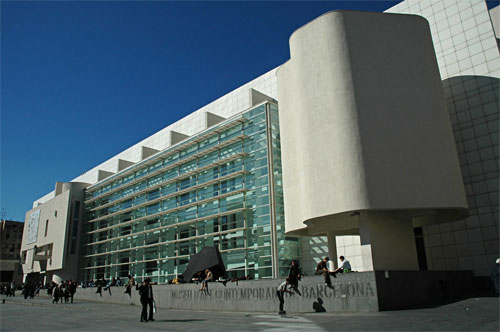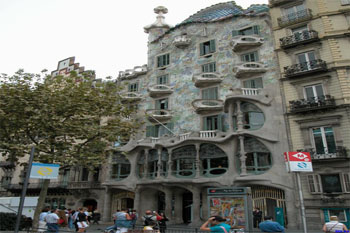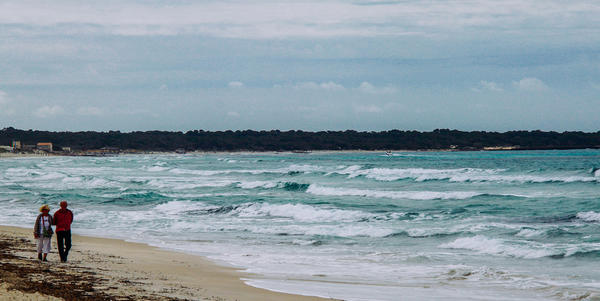Barcelona is a true European city with a rich cultural inheritance. There are many things to see there and you could go sight-seeing for hours. There are also many museums in the Capital of Catalonia that emphasize on many different things. You can see some of them are entirely dedicated to one national artists, others feature international art and others here focus on the region on Catalonia.
MACBA
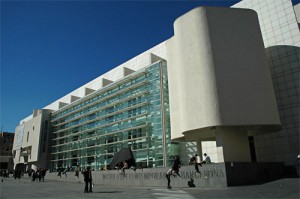
The Museum of Contemporary Art (MACBA) was founded in 1959 by the art critic Alexandre Cirici Pellicer who championed the idea of creating a museum of contemporary art in Barcelona. In 1987 the MACBA Foundation was established, presided over by empresario Leopoldo Rodés who pioneered private initiative in the project. In April of 1988, the new museum was born from the creation of the MACBA Consortium which integrated the Generalitat de Catalunya, the Barcelona City Council, and the MACBA Foundation. The MACBA opened to the public on November 28th, 1995.
The MACBA, designed by American architect Richard Meier, has a longitudinal floor plan with a 120 x 35 m base, in which a circular piece that serves to articulate exhibition space, is vertically inserted, passing through all four floors. Each of them is bathed in natural light, as Meier uses it to both define and generate space.
The MACBA Collection, which roughly starts in the 1950s, consists of many works from Catalonian, Spanish and International artists. Though not an anthology, it is a thorough overview of the fundamental aspects of Contemporary Art which hopes to promote both exercises and education in critical memory.
CCCB
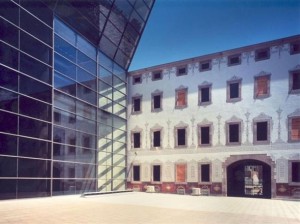
The CCCB is a public consortium created by the Diputació de Barcelona (Provincial Council) and the Ajuntament de Barcelona (Barcelona City Council).
It organizes and produces exhibitions, debates, festivals and concerts, programmes film cycles, courses and lectures, and encourages creation using new technologies and languages. Also it promotes artistic research in fields such as multimedia, backs research into exhibition formats, exports its in-house productions to other national and international arts centres, museums and institutions, and generates debate, thought and reflection on the of the city and the public domain, as well as other issues of current affairs. It is a space open to groups of independent artists, creators and programmers, and to various bodies with which they have forged bonds over the years.
Catalan National Art Museum
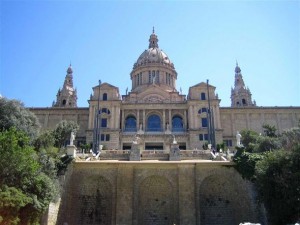
The MNAC embraces all types of art, going from sculpture, objets d’art, to paintings, drawing, engraving, posters, photography and coinage. It aims at explaining the general history of Catalan art from the Romanesque period to the mid-twentieth century.
The MNAC’s patrimonial collection, understood in its broadest sense, is made up of both the collections and the material in the The MNAC Library and the Arxiu General (General Archive). It features over 1,900 works exhibited in the Museum’s rooms
Picasso Museum
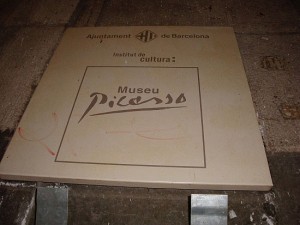
The Picasso Museum in Barcelona is a key reference for understanding the formative years of Pablo Ruiz Picasso. Though more than 3,800 works, theMuseum is very rich in regard to work from the training periods in the life of the artist; we could say that it is practically exhaustive up to the Blue Period, of which the Museum has a priceless group of works.
Also, every sunday from 3p.m to 7p.m, admission is free at the Museum but because of its popularity, many people tend to go that day so the line gets very long and it cant take up to two hours to get in.
Museum of the History of Catalonia
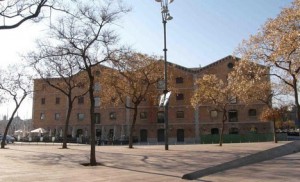
The museum of the History of Catalonia is located in the Palau de Mar in Barcelona, the former General Stores, the sole building of Barcelona’s Old Port still standing.
It aims at putting the history of Catalonia on display and making more people aware of their shared heritage, and so helping them identify with their national history. It is conceived in the way so that it narrates a story. It collects and preserve objects that are relevant to Catalan history, and promotes and organizes activities that will further public understanding of Catalan history and academic knowledge of it, along with cooperating with other bodies with similar aims.
Going to Barcelona can be an extraordinary change of scene for many people. There is so much to see and to learn there it is hard to cover it all. These museums are the most famous you can find in Barcelona and will show you some of the most important Spanish artist’s works and international art from a different point of view. It is also a chance to understand the history of Catalonia which is very important since Barcelona is the capital of this region.
[box]This post was written by Lisa a traveller and blogger for Apartime.com who provides Barcelona holiday apartments.[/box]

